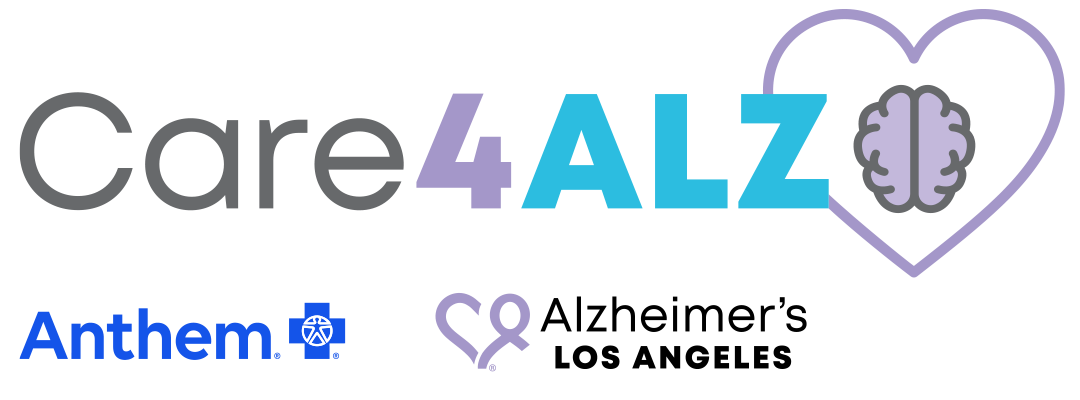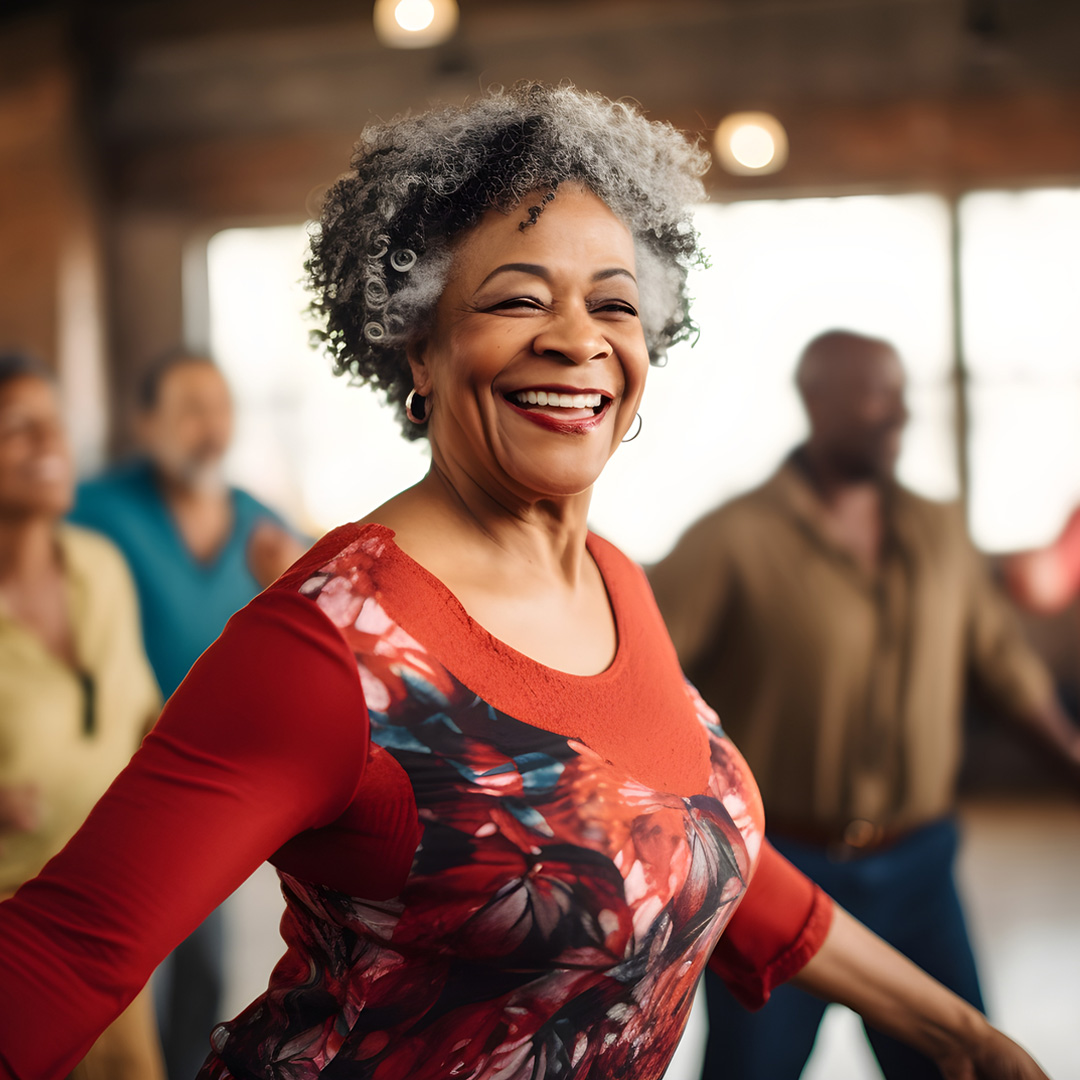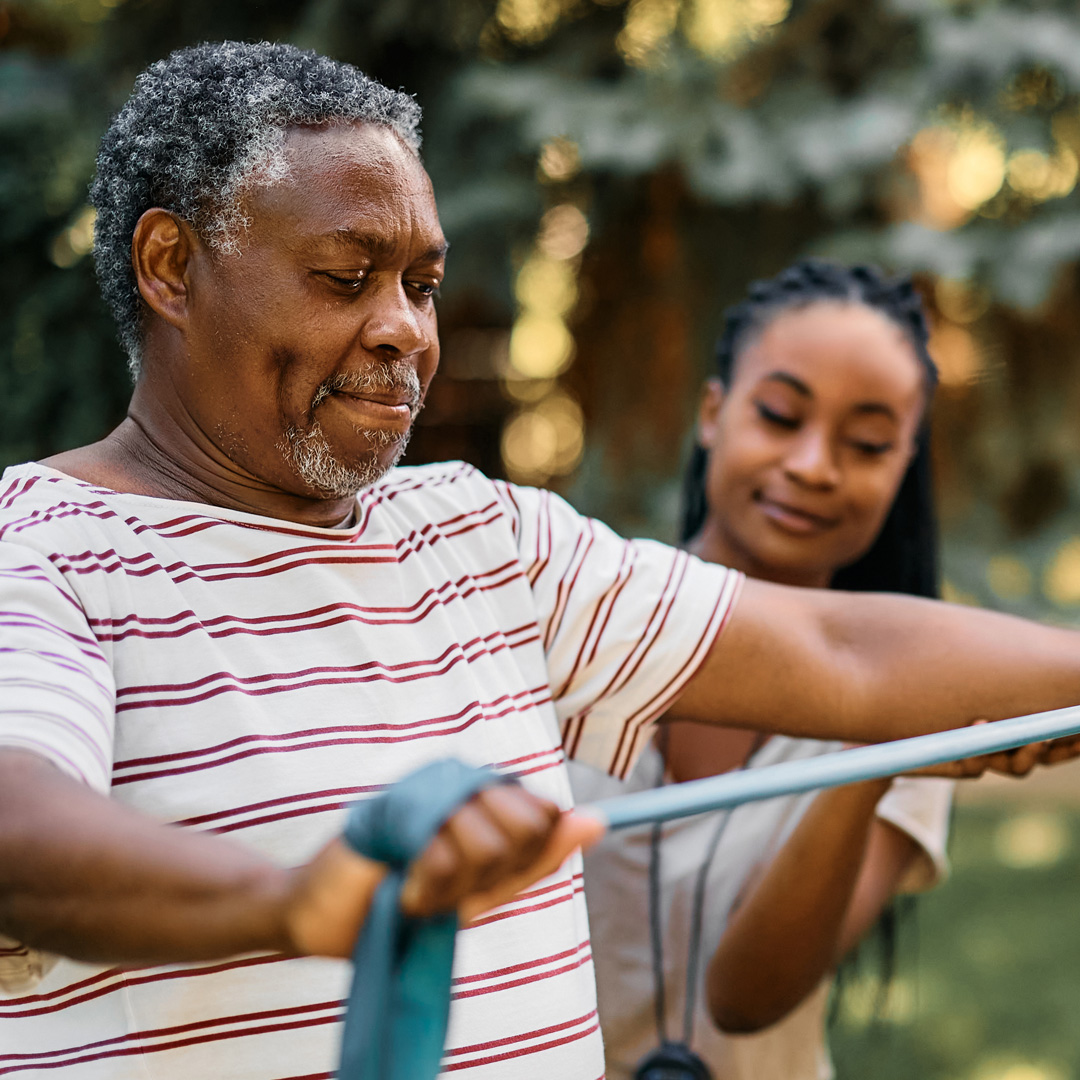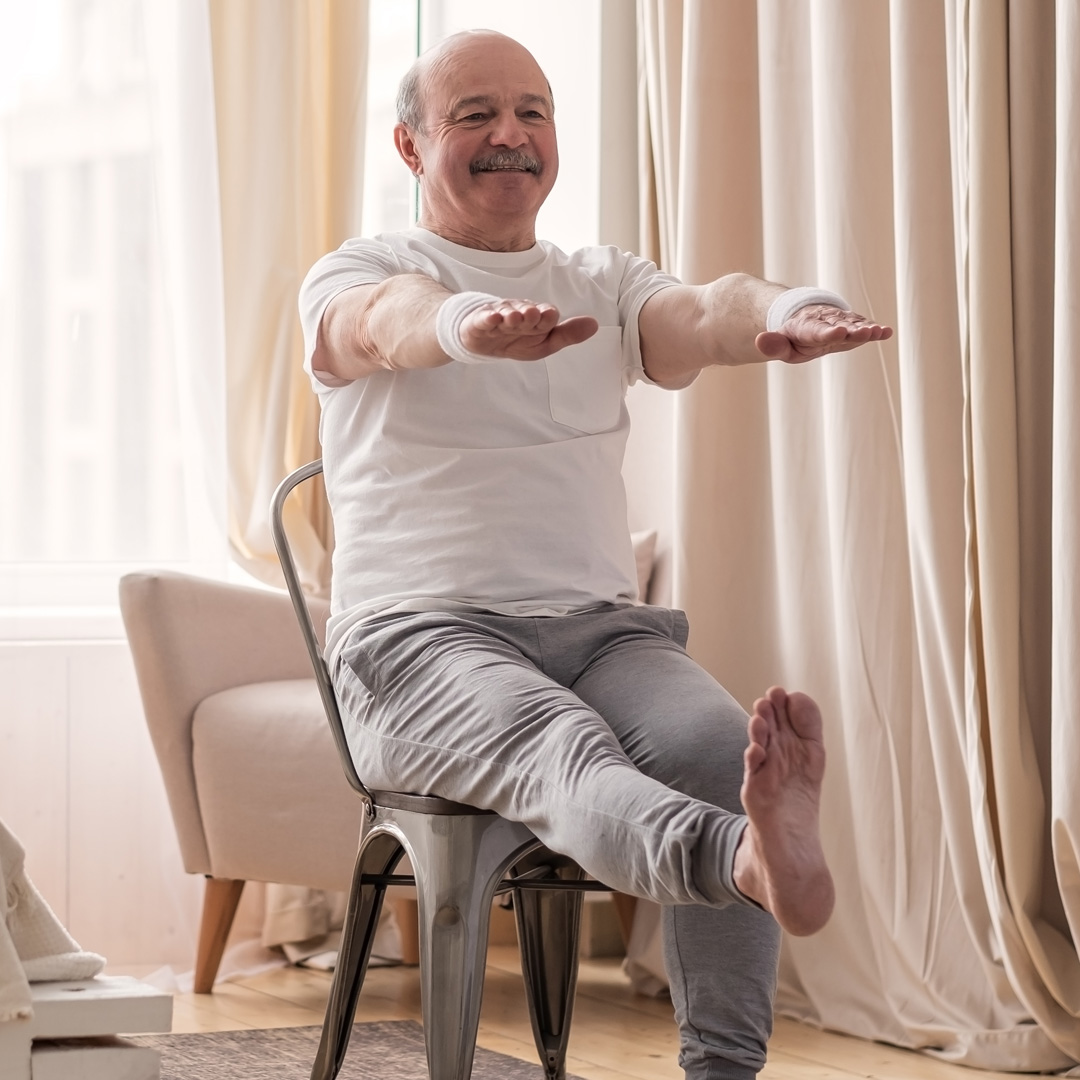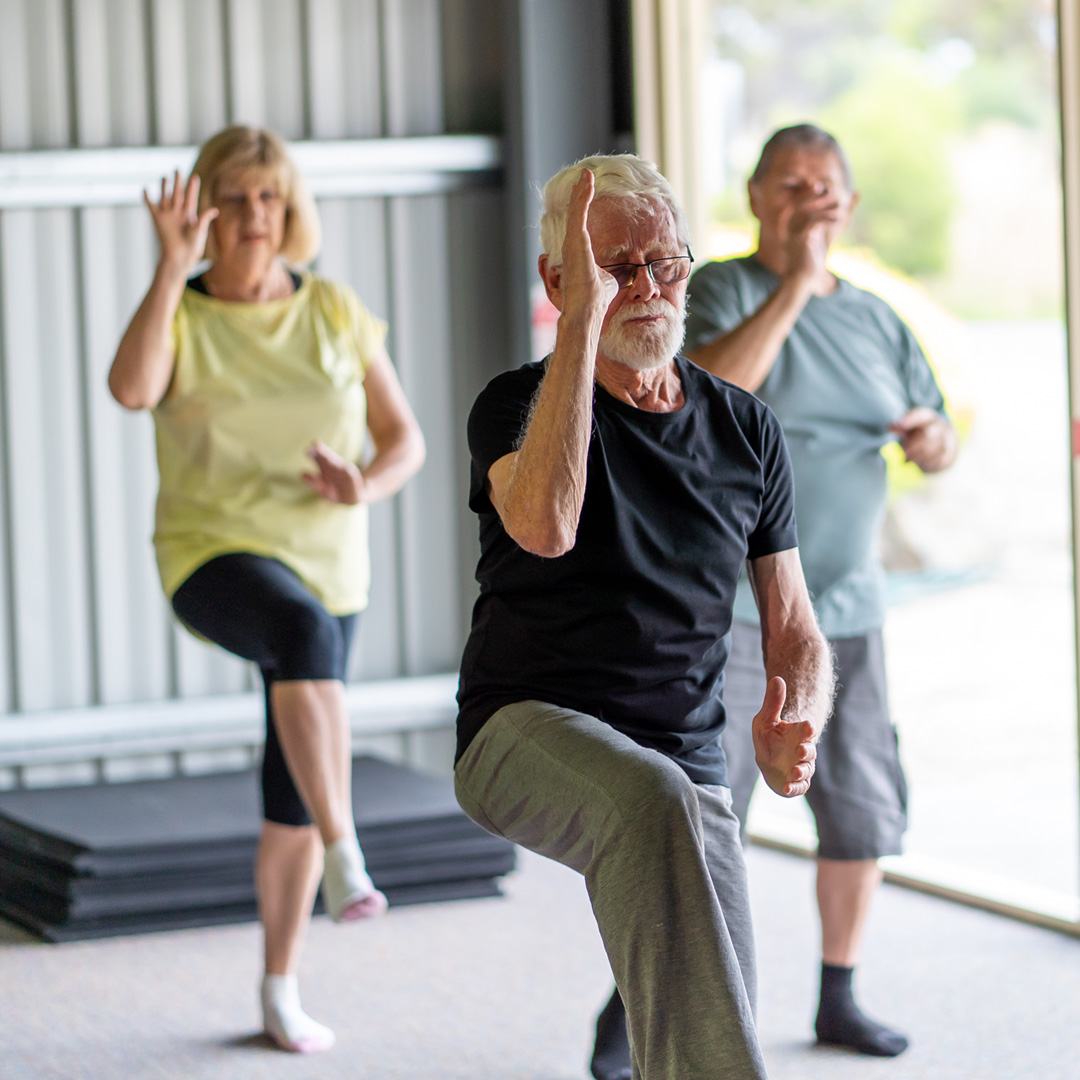Staying physically active is good for your heart and your brain at every age. In fact, it is one of the most important things you can do to stay healthy and lower your risk of problems like Type 2 diabetes, high blood pressure, stroke, some cancers, being overweight, osteoporosis, falls, anxiety, depression, and heart disease. Not being active is one of the top reasons for early death.
People can still get much fitter, stronger, more flexible, and better at balancing through exercise, even into their 90s. Experts say exercise can help the body release special chemicals that support brain cell growth and help keep the brain healthy too.
Staying Active:
- Helps you burn calories and stay a healthy weight.
- Makes you feel happier and less stressed.
- Gives you more energy to do the things you want.
- Helps you sleep better at night.
- Keeps your joints, muscles, and bones strong.
- Makes you flexible.
- Gives you a feeling of doing something good and finishing what you started.
- Improves your memory, attention, and makes your thinking clearer.
- Makes you less likely to fall.
- Lowers your chances of heart disease, diabetes, stroke, cancer, and Alzheimer’s.
- Keeps you looking and feeling your best.
Staying physically active is good for your heart and your brain at every age. In fact, it is one of the most important things you can do to stay healthy and lower your risk of problems like Type 2 diabetes, high blood pressure, stroke, some cancers, being overweight, osteoporosis, falls, anxiety, depression, and heart disease. Not being active is one of the top reasons for early death.
People can still get much fitter, stronger, more flexible, and better at balancing through exercise, even into their 90s. Experts say exercise can help the body release special chemicals that support brain cell growth and help keep the brain healthy too.
Staying Active:
- Helps you burn calories and stay a healthy weight.
- Makes you feel happier and less stressed.
- Gives you more energy to do the things you want.
- Helps you sleep better at night.
- Keeps your joints, muscles, and bones strong.
- Makes you flexible.
- Gives you a feeling of doing something good and finishing what you started.
- Improves your memory, attention, and makes your thinking clearer.
- Makes you less likely to fall.
- Lowers your chances of heart disease, diabetes, stroke, cancer, and Alzheimer’s disease.
- Keeps you looking and feeling your best.
Exercise Types
There are different types of exercise: aerobic, strength training, flexibility, and balance exercises. Research shows that all these exercises are good for you and should be part of your weekly routine.
If you haven’t been active, don’t worry. Any amount of activity is better than no activity. Every little bit of movement helps you feel better and stronger. You can do it!
If you haven’t been active, don’t worry. Any amount of activity is better than no activity.
Every little bit of movement helps you feel better and stronger. You can do it!
SOME THINGS YOU CAN TRY
Helpful Resources
- Silver Sneakers GO
- Health (Apple only)
- MyFitnessPal
- MapMyFitness
- Daily Yoga
FITNESS PROGRAMS
